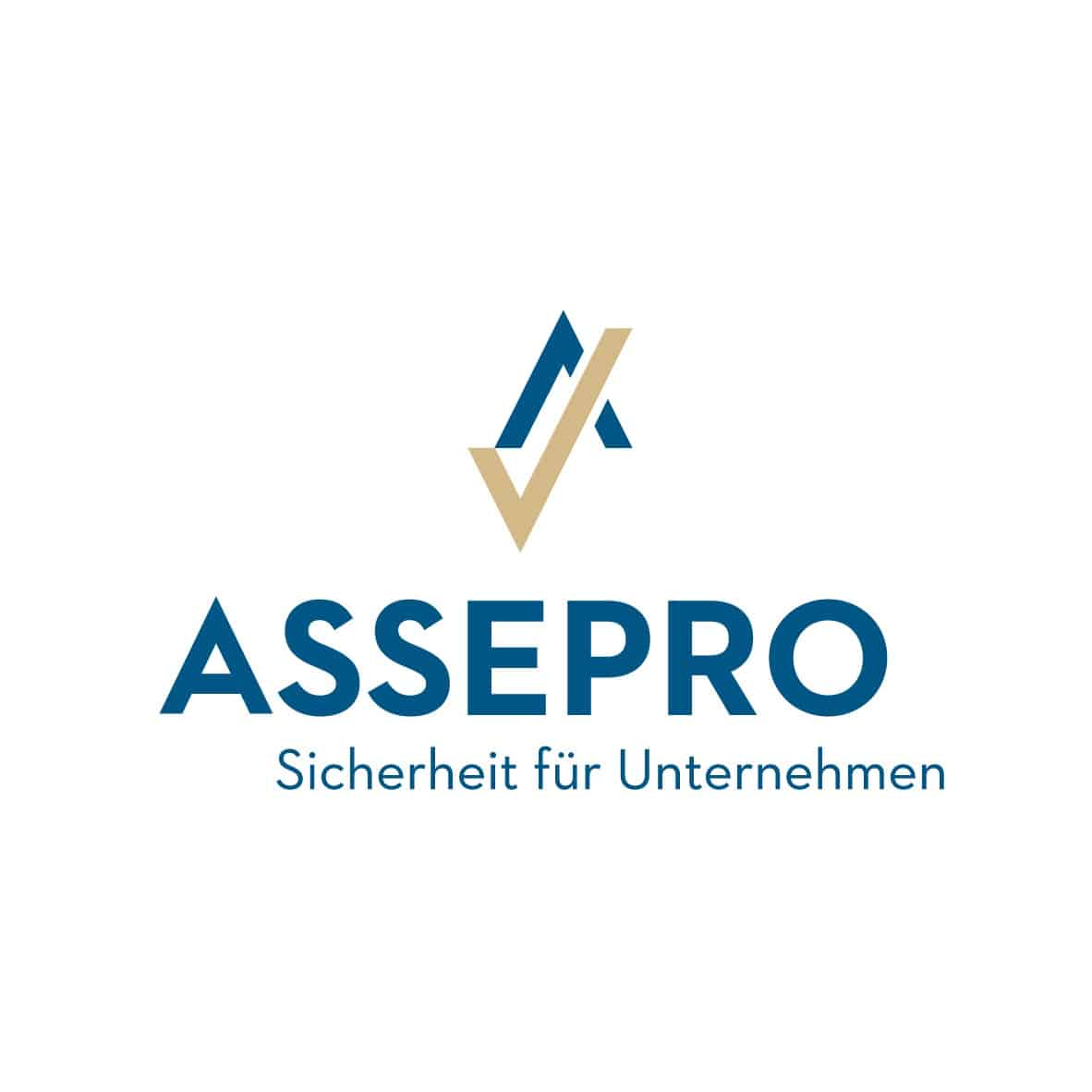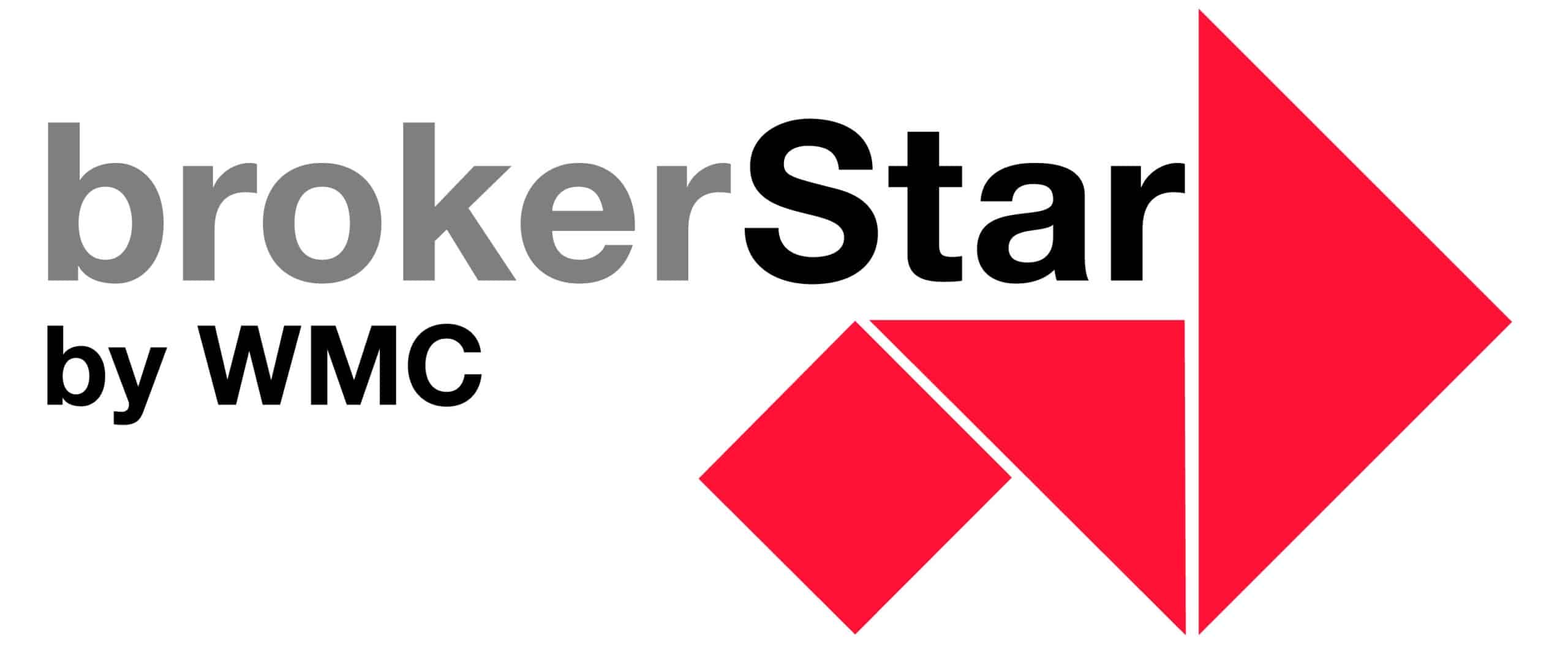Are Hierarchies Dead?
2 April, 2025 | Aktuell Allgemein Blog
Are hierarchies dead? If you ask me, they are. But I am happy to be contradicted. Show me one company that maintains seven layers, is efficient and productive, and has happy, motivated employees.
I have worked in hierarchical structures for most of my life. But once you discover the power of alternative structures, there is no way back.
On March 19, I wrote about the massive impact of workplace stress on human well-being and the economy, as well as the pressure on the insurance sector. Let us explore the common pitfalls of traditional hierarchies and what to do instead.
The endless restructuring rounds
If you are a company CEO, you have probably implemented several restructuring programs. The faster the world moves, the more often you need to restructure. Your fixed structure of divisions and departments cannot cope with the demands of a rapidly changing world.
You need to cut costs, deliver fast, and develop new lines of business. Do you really think you can achieve that by constantly reorganising your company?
Restructuring is a short-term fix, not a long-term solution. In fact, constant restructuring decreases productivity. People fear for their jobs and start developing unhealthy work ethics that sabotage productivity and collaboration.
The question is: Why are companies still structured in rigid layers when speed and adaptability are key?
Hierarchies add layers
How many people can you save when you fire the CEO? It is only half-joking!
The traditional hierarchical model adds layer upon layer, creating unnecessary bottlenecks. Instead of letting those who have hands-on knowledge decide, everything gets escalated upwards, leading to delays and inefficiencies.
Instead of letting employees who understand the problem act, they must check with managers, get approvals, or report back to Steering Committees. That means more briefings, presentations, and meetings—time that could have been spent delivering real work. The more layers you add, the slower decisions are; accountability fades across multiple levels.
The Skills Paradox
Ironically, people who are restructured from one department often have skills that could be useful elsewhere in the company. Yet, rigid structures prevent this natural flow of talent. In large companies, there is no internal marketplace where skills can be matched with needs. Instead, talent is often wasted, and employees must figure out their career development on their own.
I have seen only a few companies that offer an open marketplace of skills and projects where people select what to work on based on their skills. While the hierarchies and traditional structures are dead, self-organised teams offer a nice promise for a flexible, skills-based and human-centric working model.
What to Do Instead?
Cut Layers
I experimented once with Holacracy, one of the self-organised models. This little experiment showed me precisely who is focused on impact and who is chasing a status.
I did not change a single title or compensation. We only organised ourselves differently. Instead of hierarchies and reporting lines, we created “circles” with clear accountabilities, objectives and key results. Every person could be in one or more circles and play different roles, depending on their skills and business needs. Every role had a clear description that could evolve over time.
On the bright side, we moved much faster, made decisions and respected timelines. Responsibilities were clear, and people had full power to achieve the purpose of their role.
But it was a cold shower for those passionate about their level, endless PowerPointing and PhDs in Steering Committees. Not only did they not appreciate it, but they sabotaged the whole structure.
Most modern companies will not fire anyone when doing such a transition. The people who want to create value will welcome less bureaucracy, while the ones focused on status will leave soon enough.
Build Autonomous Teams
Groups that handle work end-to-end will always be faster than large bureaucracies. Cross-functional teams with experts from different areas can move quickly when they have the autonomy to make decisions.
They work seamlessly in project development, platform building, and even in daily operations.
Trust People to Make Decisions
Micromanaging wastes time and slows everything down. People on the floor know what they have to do. Let them do it and be there for questions or support. Some might not feel comfortable, and this happens when people do not take ownership.
Sometimes, lack of ownership is a by-product of working under “adult supervision” for too long or in a toxic culture. Encourage people to start with small decisions and show them you are there for support.
Let People Move Across Teams and Projects
Instead of locking employees into rigid roles, create opportunities for them to shift based on needs and skills.
I love writing, but I never got the opportunity to write extensively in my previous formal roles. I remember a former boss laughing when a test showed that I am creative “Who needs a creative COO?” Joke aside, I appreciate my innovative angle. Creativity helped me solve many complex problems.
People should see work as both fun and challenging enough to keep them interested.
Rethink Leadership
The job of leaders is to remove roadblocks, not to sit in meetings deciding things they are too far removed from. They must help people focus their energy on the right projects that will develop their skills for the future.
Hierarchies are dead; the future is flat
Companies that will do well in the future are not the ones with the most layers but the ones with the least friction. Traditional hierarchies were built for a world that no longer exists. Today, speed and adaptability win.
There are several models one can try and test. Don`t be afraid to experiment and adopt your own style, with influences from different frameworks. Let me summarise below a few resources where you can find important information about the alternative structures.
The helix model
First, if you work for a big corporation, you should at least give the helix model a try. McKinsey explains it nicely, and they have such an authority in the business world that sometimes they drive the company behind the curtains (Ahem! We`ve all been there 😉). Jokes aside, for more formal (aka hierarchical) organisations, it is a good alternative to look into.
In short, the helix model encourages companies to separate people-leadership from day-to-day leadership. McKinsey argues that by adopting this model, organisations balance centralisation and decentralisation better, reduce complexity, and embrace agility.
Let me give you an example: In big corporate restructuring programs, affected people are usually left alone to search for another role inside the organisation. What if you had a people manager who exclusively managed your career path, placed you in projects, and developed your skills?
On the other hand, the delivery managers are the ones taking care of product implementation and project management. They “shop” for the right skills, but they do not bother with long-term development plans for the team.
We all know there are people who are more focused on results, while others are keen on nurturing people. This model offers a way for people to play in their field.
Reinventing Organisations and TEAL
First, I highly encourage you to read the book of Frederic Laloux, “Reinventing Organizations”. To say it is spectacular is an understatement. Laloux offers a historical and evolutionary view of human consciousness and the subsequent organisational models. The book explains practically how TEAL structures work, offering plenty of examples and use cases.
It is the type of lecture you will come back to from time to time, either for inspiration or for reassurance if you decide to implement an alternative model.
Holacracy
Another framework I experimented with is Holacracy. Holacracy is a way of running organisations that replaces traditional top-down management with a system of self-organising teams. Instead of a boss making decisions, authority is distributed across roles that have clear responsibilities.
Teams (or “circles”) make decisions within their areas, following structured processes to ensure clarity and accountability. It is designed to be more flexible and allow companies to adapt quickly while giving employees more ownership over their work. However, it requires discipline and a shift in mindset, as decisions are made through defined rules rather than personal authority.
I have to admit that governance is a bit complex in Holacracy, but there are several solutions out there that help teams keep clear accountabilities and document rules, like GlassFrog and Holaspirit.
Corporate Rebels
Ok, I love Corporate Rebels. I am biased. If you want content that is fun but full of wisdom, go and check them out. They have an outstanding LinkedIn page (a highlight in my feed!), a book, newsletters and a paid community.
I witnessed their keynote speeches, and they delivered an outstanding experience. Be warned: they can trigger a cultural change in your company more than a CEO Townhall does.
The end of hierarchies
Are hierarchies dead? Maybe not yet. But the world is changing rapidly, and good companies will realise that adaptability and flexibility are essential to win.
And speaking of winning, you will win more than market share and growth. You win engagement and the brainpower of the people who see that you put their well-being at the center of the business. And that is priceless.
Mirela Dimofte
Read also: Workplace Stress: A Global Treat to Insurers




